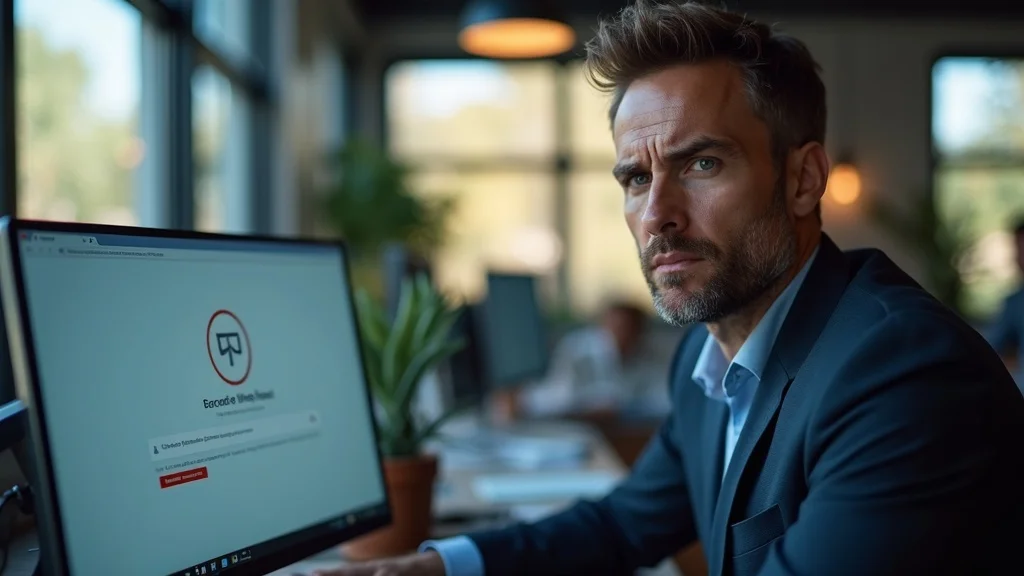
The Surprise Departure of a Key Figure in Navy Leadership
In a surprising move, Defense Secretary Pete Hegseth has dismissed Jon Harrison from his position as the Navy chief of staff, marking another significant shakeup within the Department of Defense.
Harrison, who was appointed in January 2025, played a pivotal role in efforts to reform the Navy's budgeting and policy structures alongside Navy Secretary John Phelan. However, internal tensions reportedly arose when Harrison attempted to limit the influence of the new Navy Under Secretary, Hung Cao, who was appointed just days prior to Harrison's firing.
Understanding the Recent Shakeup in Military Leadership
The resignation follows a pattern of leadership changes under Hegseth, who has made headlines for orchestrating mass dismissals of senior military leaders, including chiefs of various branches and other significant figures within the Pentagon. This trend raises questions about the underlying motivations and potential implications for military strategy and governance.
The National Defense and Military Chain of Command seem to be undergoing a targeted restructuring under the current administration. Harrison's removal is viewed by some as a strategic move to ensure that the Navy conforms more closely to Hegseth and Phelan's vision, particularly in light of their commitment to transforming the Navy's operational framework that has, historically, faced challenges with program delays and budget oversights.
Navigating Political Appointments: The Role of Partisanship in Military Leadership
Harrison's ousting underscores the current climate of partisanship in military appointments. His background as a political appointee and close association with former President Donald Trump certainly played a role in how his leadership decisions were perceived.
His controversial tactics, such as reassigning aides meant to assist Cao, suggest an effort to consolidate power within the upper echelons of the Navy. As undersecretary, Cao has the task of overseeing vital defense budgeting and policy decisions, but Harrison's attempts to limit this influence raises serious concerns about forward movement and collaboration within the military’s leadership structure.
What Hegseth’s Dismissals Mean for the Future of the Navy
The implications of these leadership changes are profound. Hegseth’s strategy hints at a dramatic shift in defense priorities. By reshaping the Navy's leadership, he may be aiming to enforce a more aggressive approach to defense policy, a hallmark of the Trump administration's military agenda.
This approach not only emphasizes fiscal responsibility and accountability but could also suggest a pivot back to more traditional military values amid criticism of perceived “woke” ideologies infiltrating military practices. Whether this strategy will successfully rejuvenate the Navy’s operational effectiveness or lead to operational disruptions remains to be seen.
Increased Oversight and Investigation
As Hegseth implements changes, investigations like the one regarding the Signal incident, where sensitive information was disclosed, might impact the credibility and approach of the defense leaders involved. The fallout from such missteps can have lasting consequences on trust within military command and can ripple through military engagements worldwide.
Public Reactions and the Call for Transparency
Hegseth’s comments denouncing diversity initiatives and attacking the military's engagement in social issues have sparked considerable backlash from veterans and military families alike. The necessity of transparency in the decision-making process has never been more paramount, ensuring that stakeholders understand the rationale behind these leadership changes and their long-term impacts on military effectiveness and morale.
In times of turmoil and uncertainty, public support for military leaders can waiver, presenting an opportunity for Hegseth and his administration to establish a clear vision that resonates with service members and the community at large. By fostering open dialogues about goals and policies, rebuilding trust becomes not only possible but essential for the future of the military.
In summary, the dismissal of Jon Harrison signals a continued shift within the Department of Defense under Secretary Hegseth. As these changes unfold, they will be closely watched by military personnel, political analysts, and citizens alike. Understanding their implications on both operational strategies and public trust is critical for grasping the future trajectory of U.S. military endeavors.
 Add Row
Add Row  Add
Add 




Write A Comment